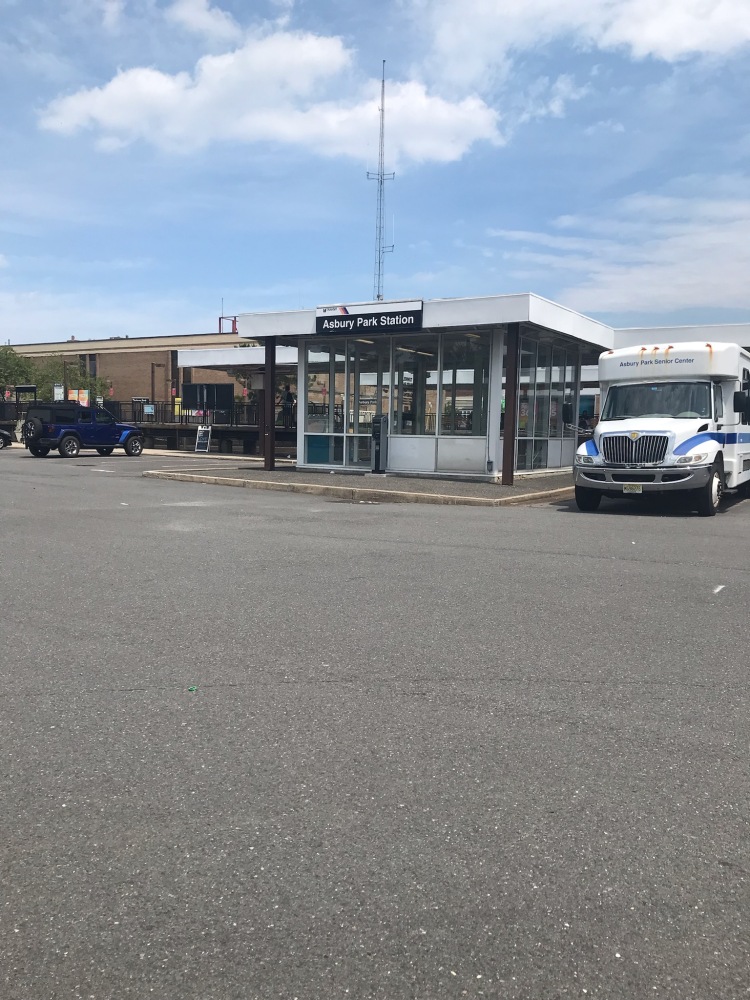
Hettie V. Williams, PhD
Gentrification Down the Shore by Molly Vollman Makris and Mary Gatta is one of the first sustained academic studies on seasonal gentrification. Makris is an Associate Professor, and Coordinator of the Urban Studies Program, at CUNY-Guttman Community College, and the author of Public Housing and School Choice in a Gentrified City: Youth Experiences of Uneven Opportunity (Palgrave MacMillan, 2015), and Gatta is an Associate Professor at CUNY-Guttman Community College and the author of Waiting on Retirement: Aging and Economic Insecurity in Low-Wage Work (Stanford University Press, 2018). This groundbreaking ethnographic study of Asbury Park explores the connections between employment opportunities, equity, and seasonal gentrification through the lens of intersectionality. Makris and Gatta conducted several focus groups, in-depth interviews, and ethnographic research in Asbury Park to complete their analysis. These research initiatives included the participation of community residents on the West Side of Asbury Park, business owners on the East Side, developers, community activists, employers, educators and government representatives. In this analysis, race relations in the post-industrial city, the role of the LGBTQ community in the history of Asbury, economic development and the barriers to equality faced by the mostly African American community residing on the West Side of the city are at the core of the narrative. The authors utilize an array of sources including secondary source literature, images, quantitative data and census records to support their argument. Their central claim and approach are explained in the opening section of the book:
In this book, we utilize a framework of intersectionality—the overlap of identities and discrimination across race, class, gender, sexuality, and other identities—to help explain how residents and businesses impact and are impacted by seasonality and gentrification (4).
Although gentrification in Asbury Park is seasonal, the authors go on to note that “its effects are lasting.”
Gentrification is the gradual process of slowly reconfiguring a neighborhood landscape that oftentimes leads to the displacement of poor and working-class residents in the process. “In Asbury Park, the growing gentrifier population (largely tourists and seasonal home owners) flood the city during summer to take advantage of the beach, while longtime residents (many low income people of color) struggle to survive economically year round,” state the authors on how gentrification impacts the residents of Asbury Park. Their findings are that the low-income residents of the West Side, for instance, rarely visit the beach on the East Side of town because of the fact that access to the beach is costly. The text is defined by seven chapters that trace the processes of gentrification in relation to race, gender, and class.
The first two chapters cover the history and culture of Asbury Park from the founding of the city in 1871 through the mid-twentieth century. In Chapter One, “the complex and multifaceted history” of Asbury Park and nature of seasonal gentrification is surveyed. The authors find that Asbury Park was “reliant on segregation from the start” (28). African Americans were barred from visiting the beaches and were not integrated into the emerging leisure society and culture that developed in the early twentieth century; de facto segregation was apparent on the beaches into the 1970s. Chapter Two includes a more detailed discussion of the rise of African American culture and society on the West Side as centered around Springwood Avenue.
In Chapter Three, the local labor market and the African American community on the West Side is the focus. It is a story of residents who “struggle to make ends meet in Asbury Park” according to the authors (57). Retail and the expanding service industry fail to provide “real” or sustainable employment opportunities for West Side residents. The service and entertainment industry are also shaped, in part, by what the authors refer to as “aesthetic labor.” Asbury Park’s new Ocean front hotels, hip boutiques, and shops cater to employees that resemble the patrons. The following chapter is a discussion of the business owners and employers.
Chapter Five covers the impact of racism on the African American residents of the West Side and Chapter Six is a discussion of how the “coolness of Asbury Park may be a risk” (133). Many African Americans who live on the West Side told the authors that they were “not using the beach regularly” (102). They paint a stark portrait of how the “boardwalk and beach” are “not a part of” the daily lives of these residents who live on the West Side. Thus, the retail, leisure, and entertainment infrastructure on the East Side indicates that gentrification largely serves the mostly white seasonal visitors. “Having to pay to access the beach is a clear example of how seasonal gentrification influences experiences of young people” (102). In Chapter Six, the authors describe Asbury Park as a city that is “perched right on the precipice of quirky coolness and bland hipster paradise.” They also ponder in this chapter if Asbury Park will be able to maintain its “coolness” amid the expanded influences of developers, investors and periodic visitors.
Makris and Gatta conclude that seasonal gentrification has thus far had a negative impact on the residents of the West Side. Employment opportunities are limited and home ownership has declined significantly among the African American community. The beach and high-end facilities such as the Asbury Ocean Club, that charges more than $400.00 per night, are inaccessible to this community. Gentrification Down the Shore is an important book that sheds light on the impact of gentrification on African Americans living in Asbury Park, New Jersey as the first such text on the subject.
Hettie V. Williams is an Associate Professor of African American History at Monmouth University